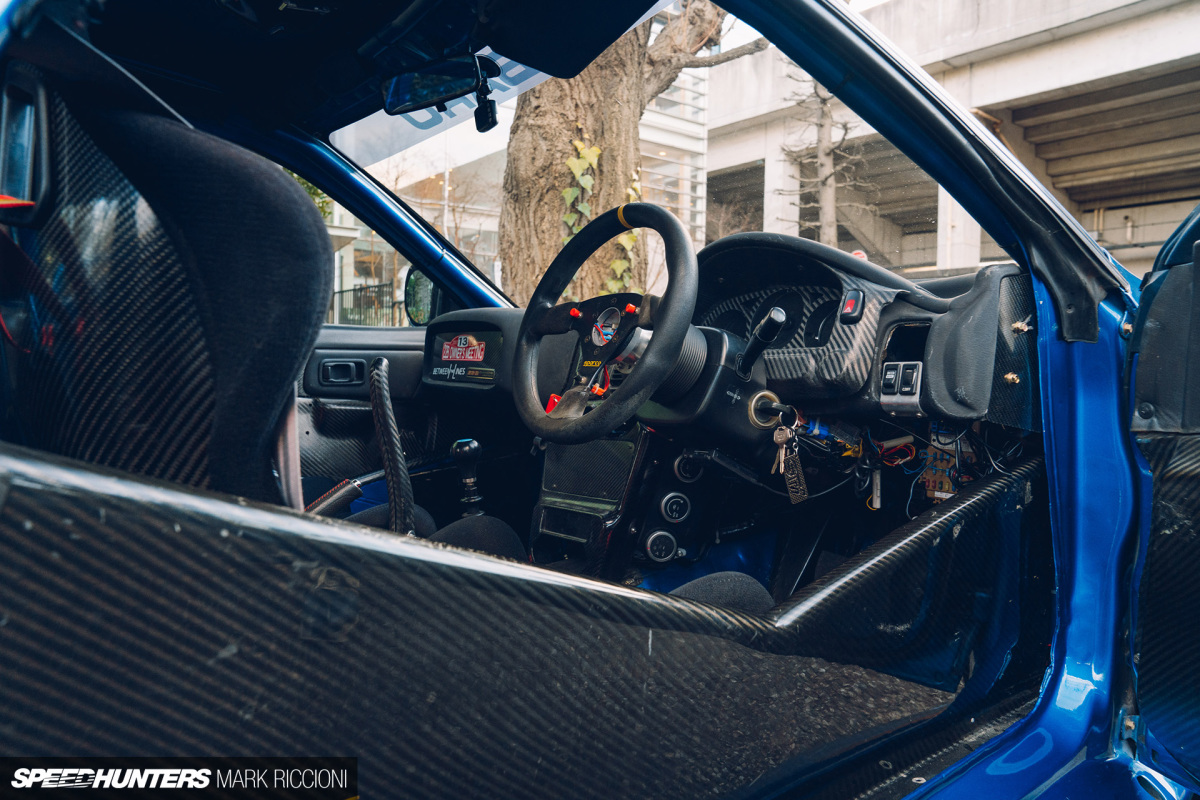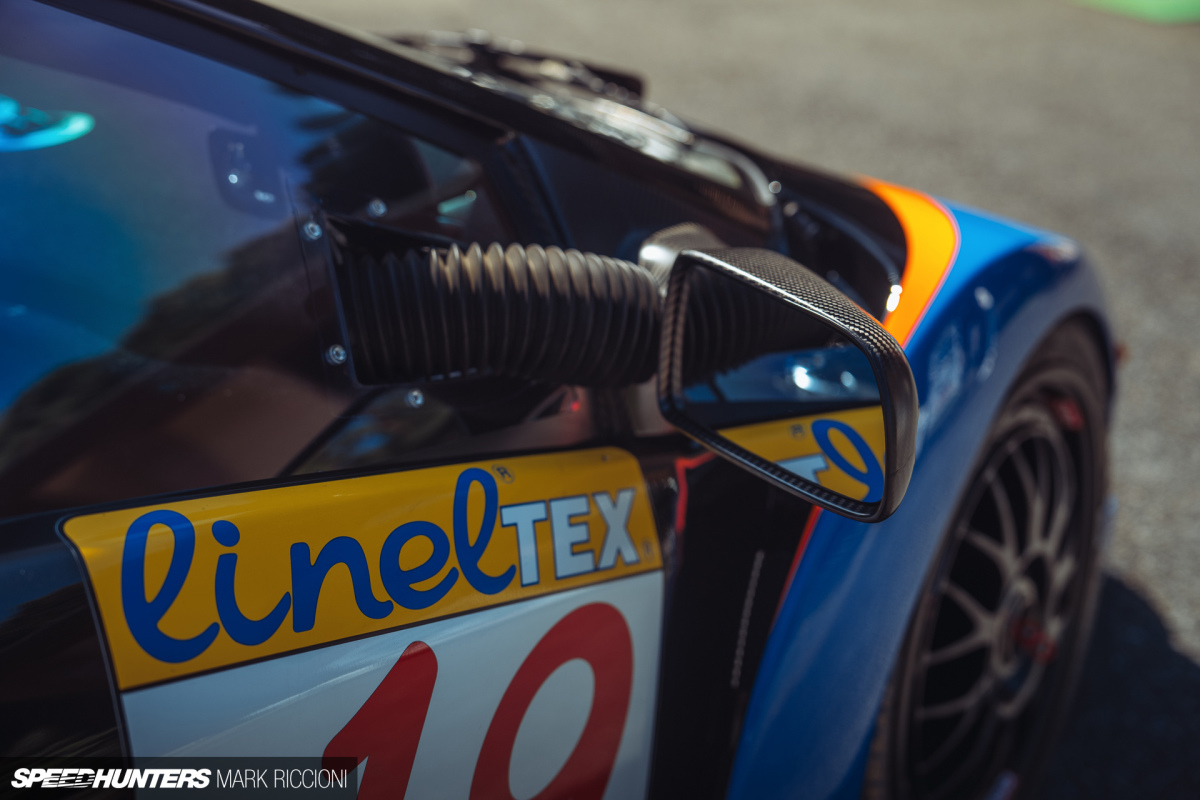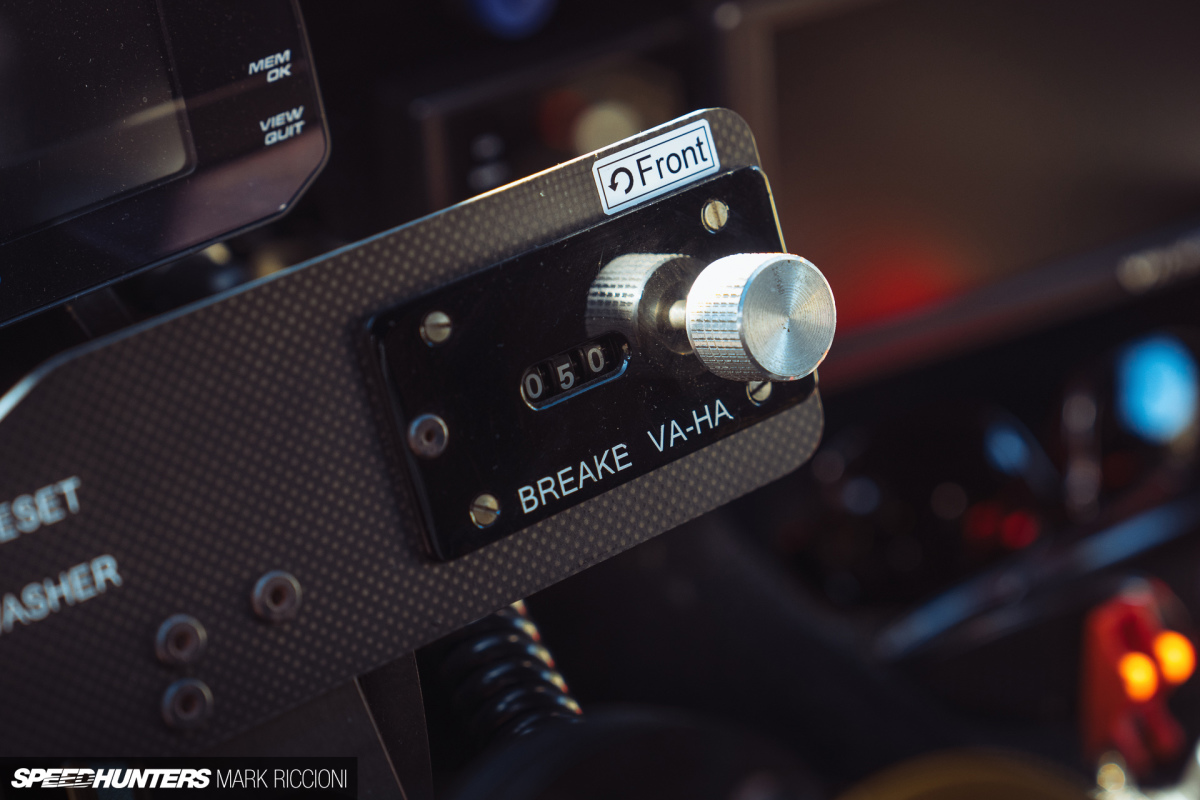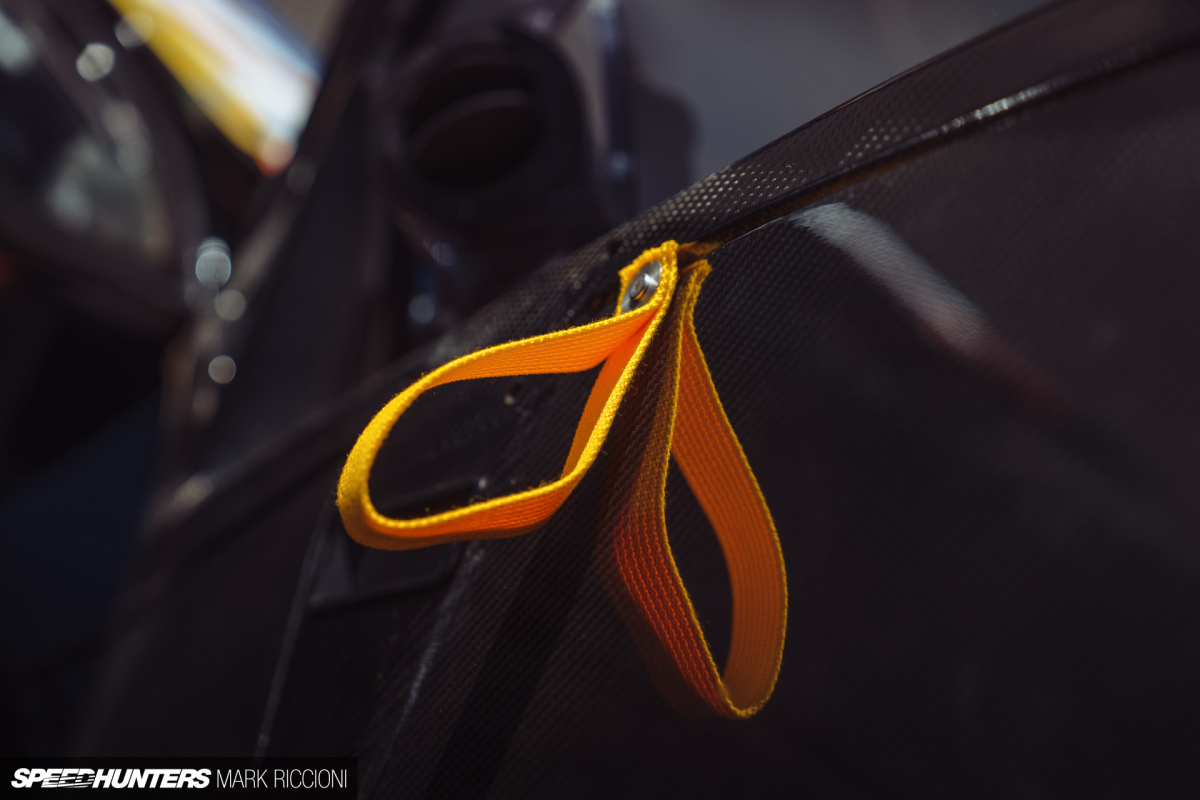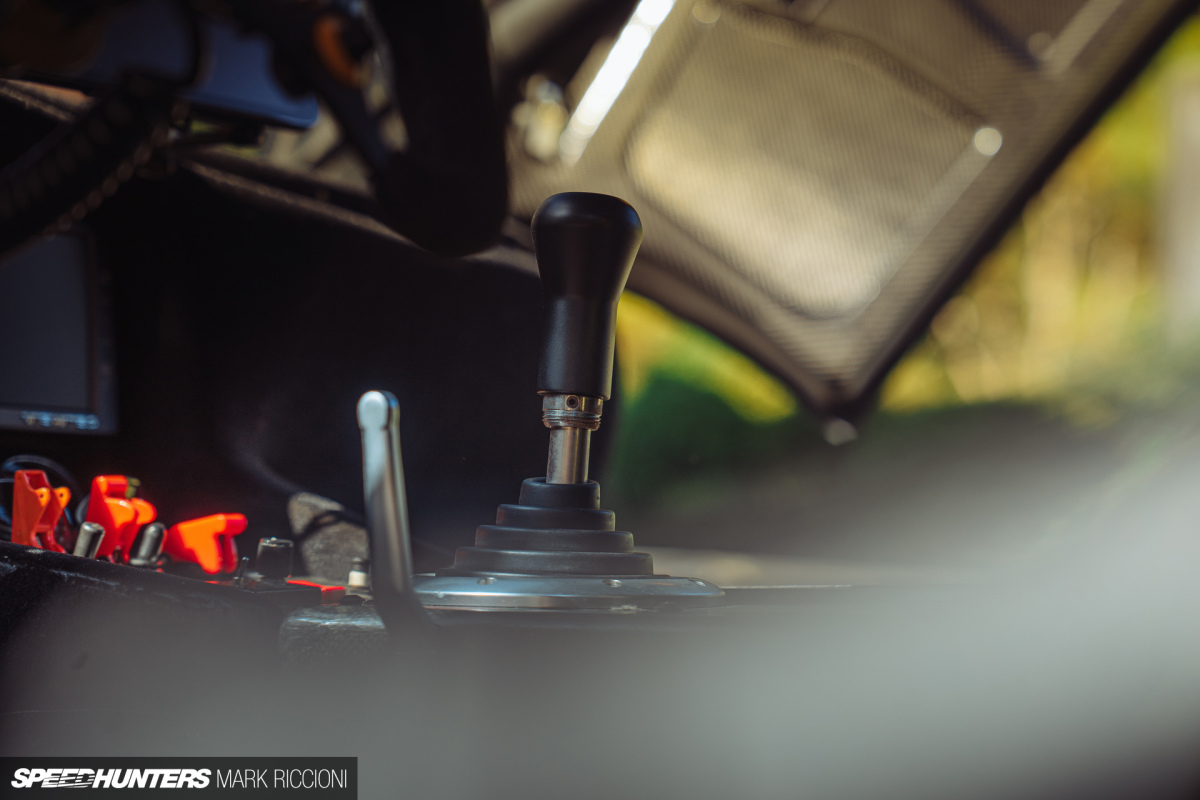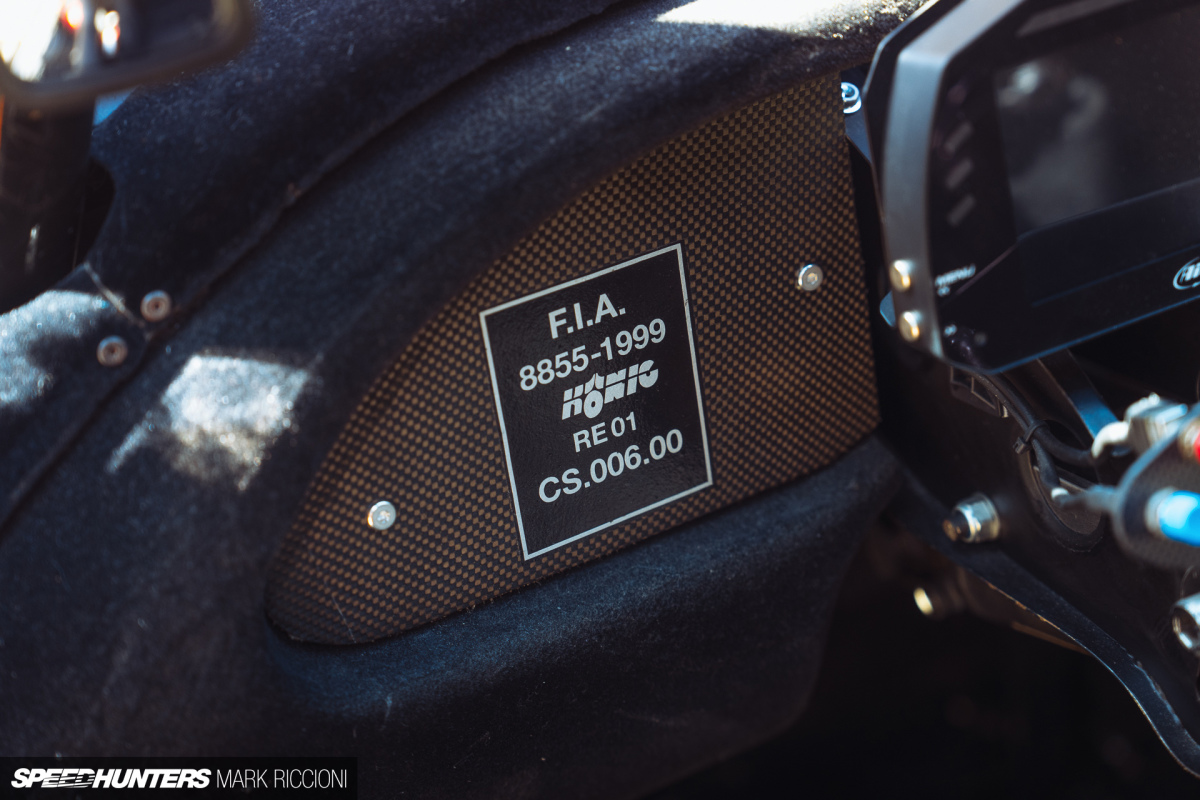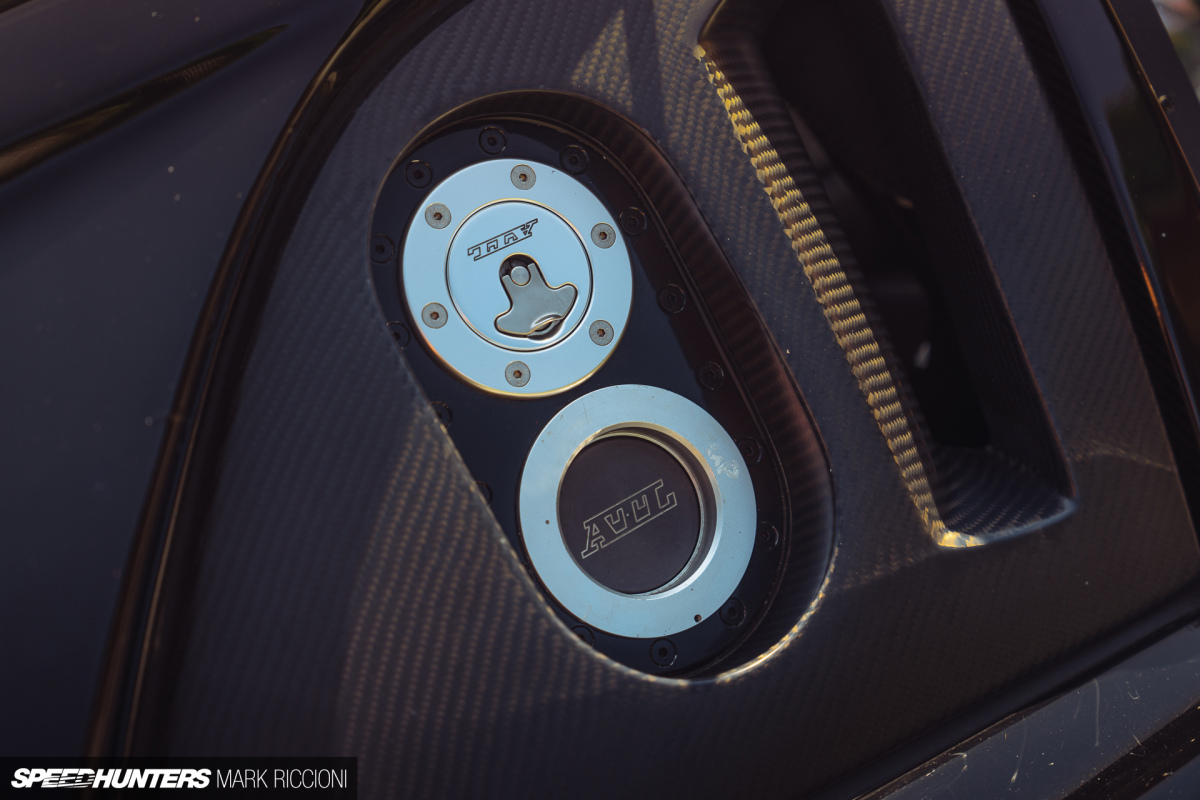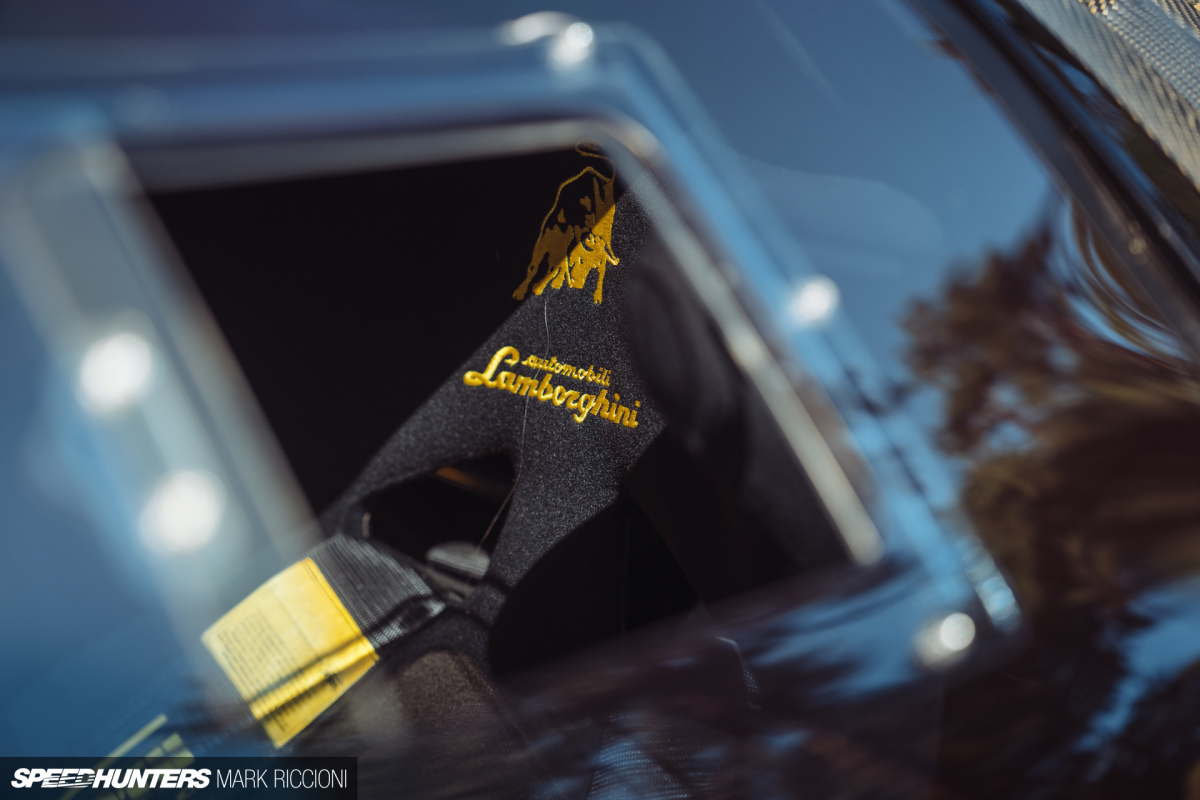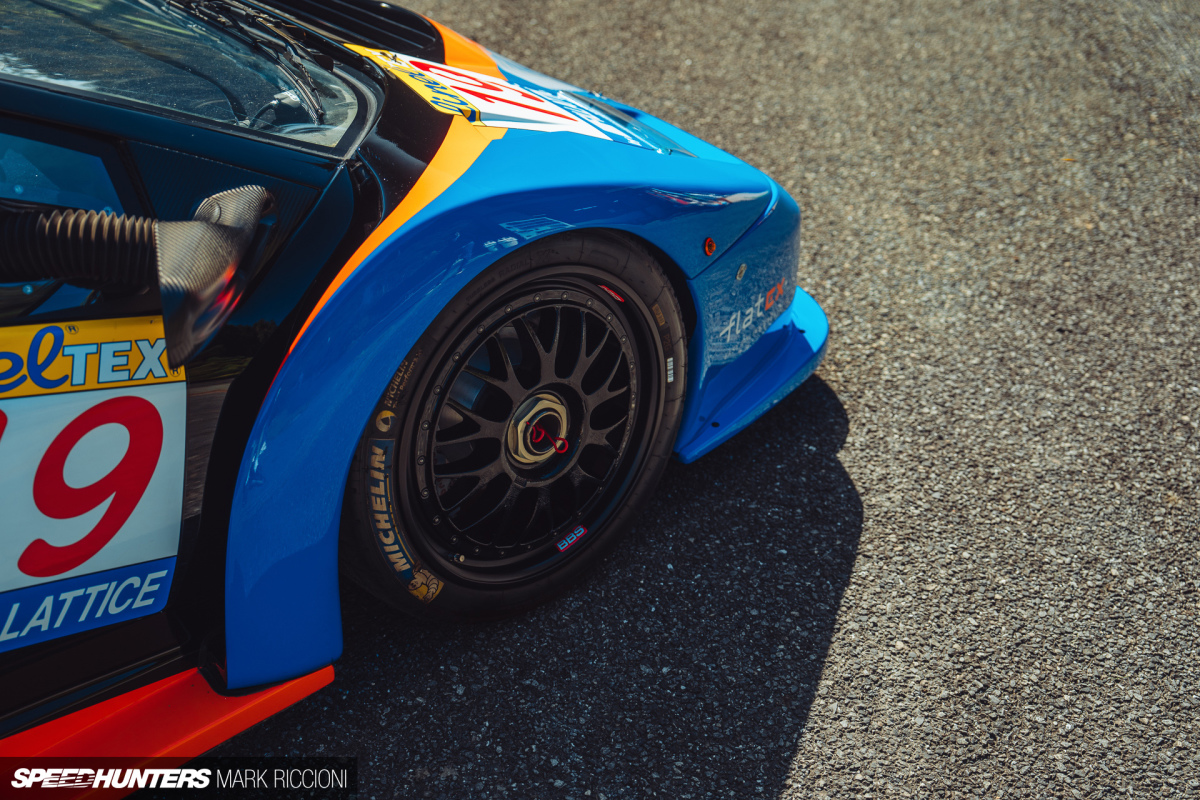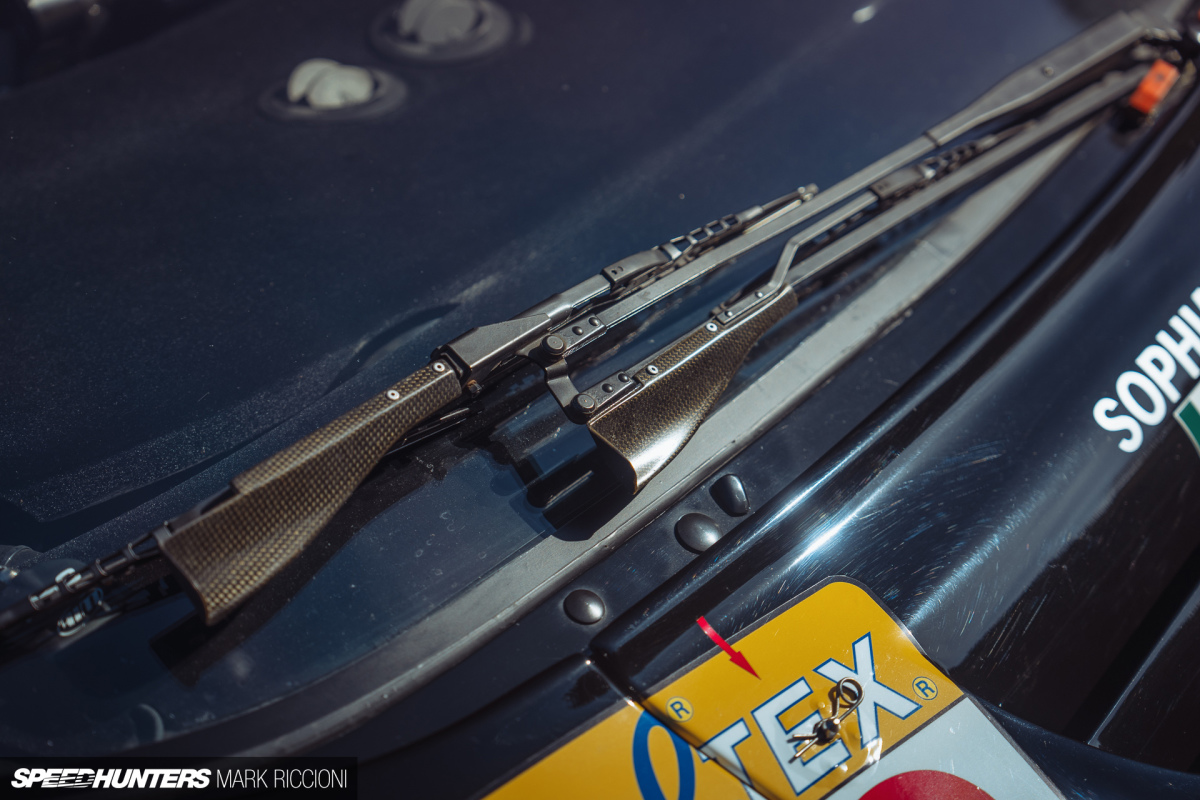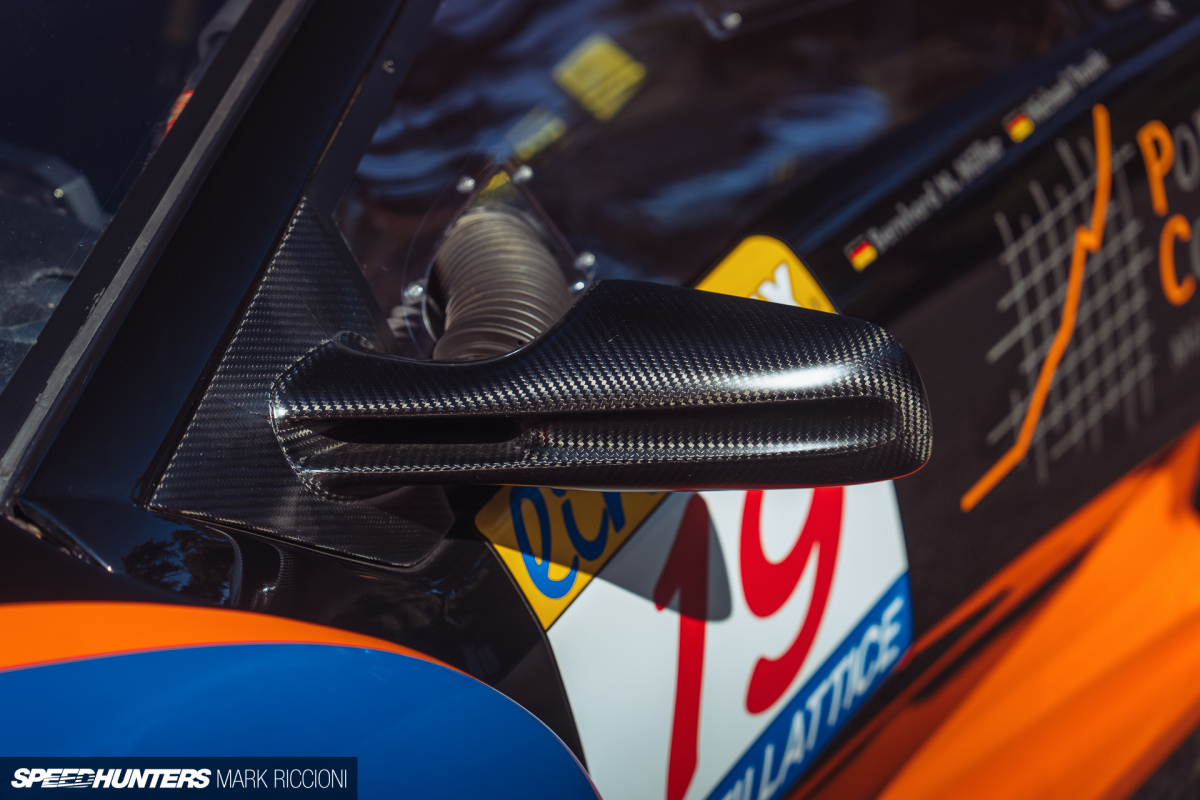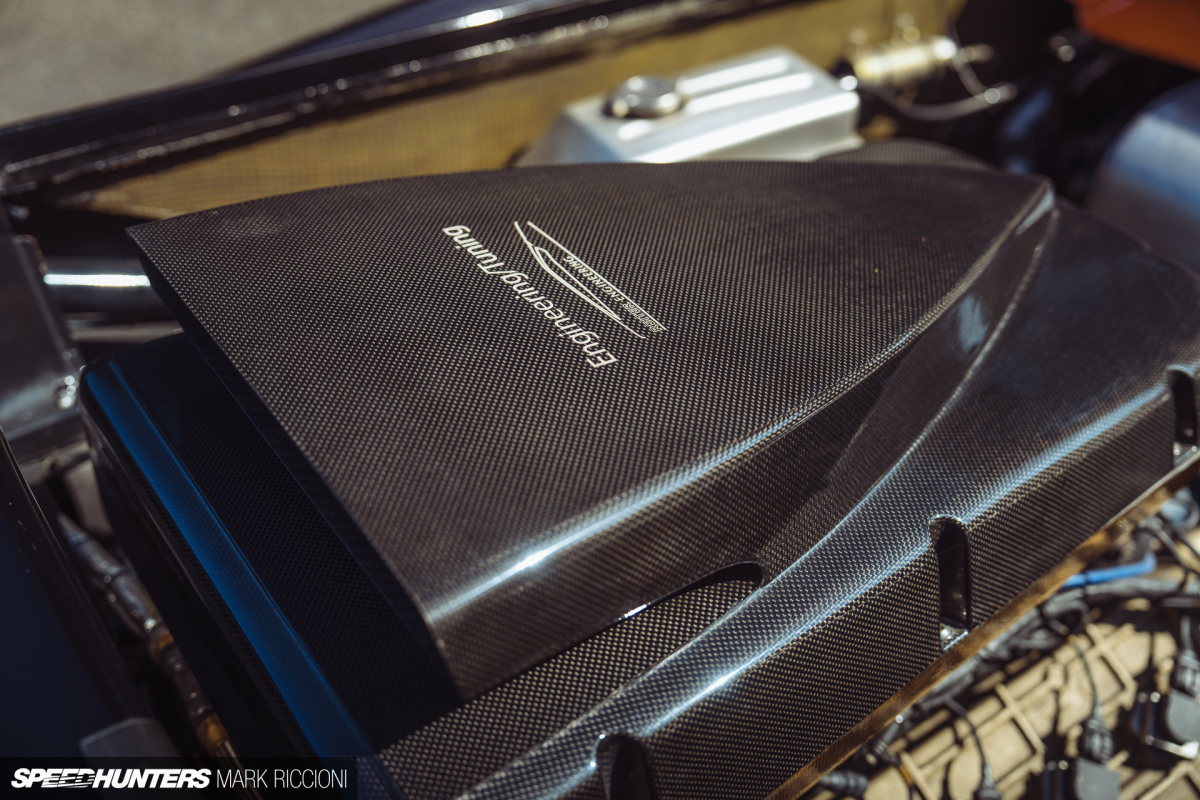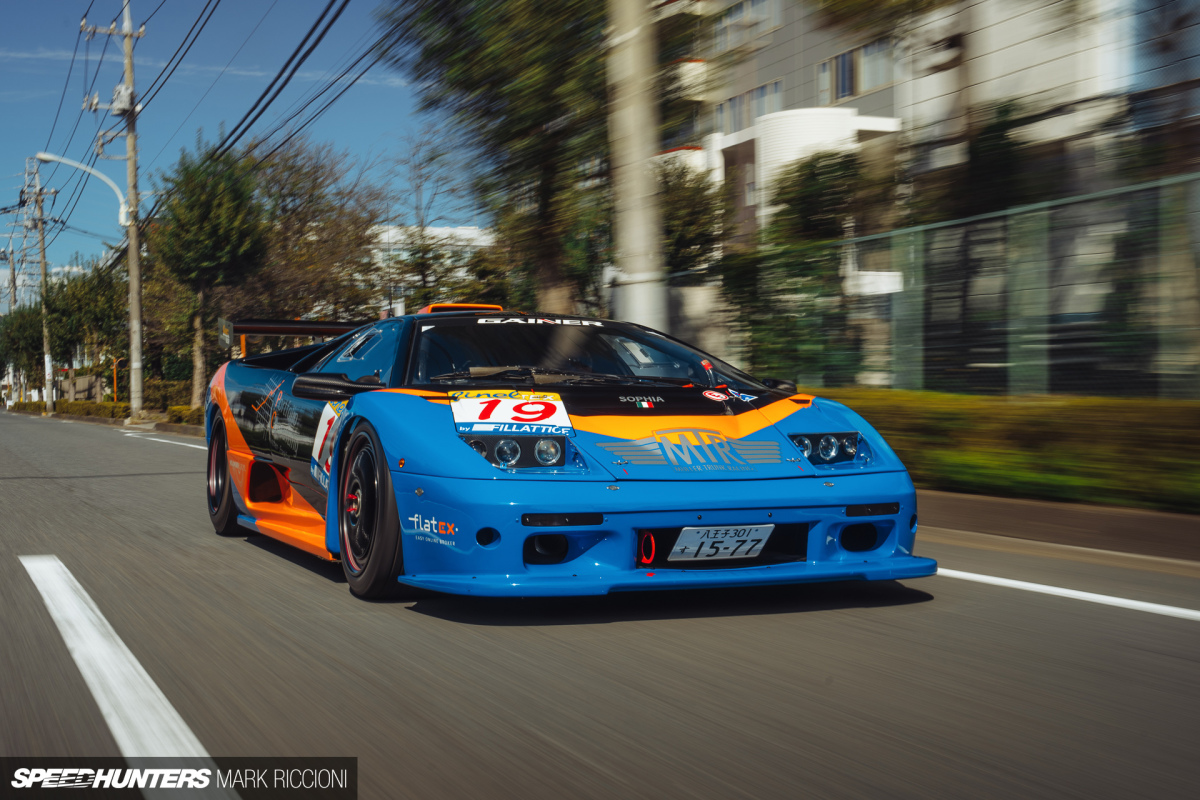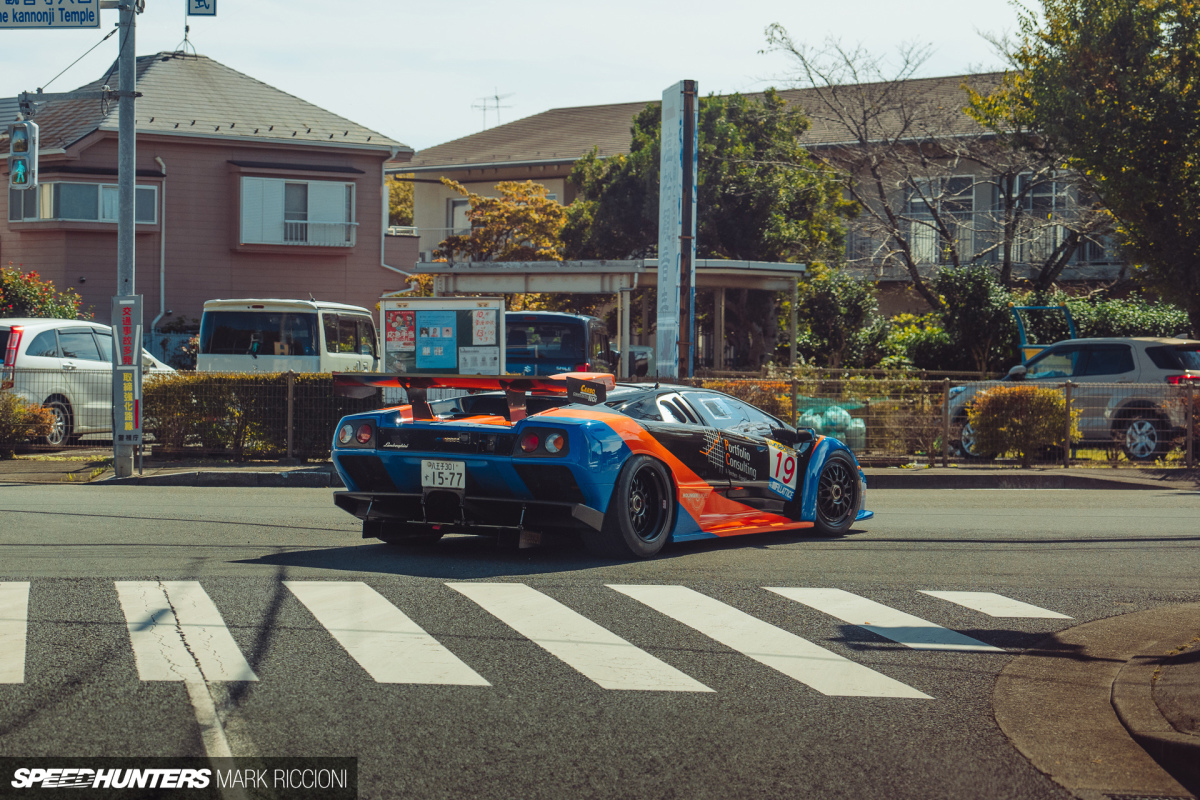As a nation famed for its persistence, self-discipline, and peace of thoughts, the Japanese appear to have a behavior of restoring probably the most unforgiving and uncompromised race automobiles to the street.
Most likely probably the most well-known – or most documented, no less than – is Takeshi Moroi’s Porsche 962C featured by Dino again in 2012. A long time earlier, this is able to’ve been thundering down the Mulsanne Straight at over 200mph. Nonetheless, seeing it parked in entrance of a Tokyo Household Mart is by some means much more spectacular.

If you happen to desire your race automobiles extra suited to something however clean tarmac, Junya Matsushita’s S4 Subaru Impreza is the epitome of ’90s WRC. Constructed by Prodrive for the 1998 season and imported from the Netherlands in 2010, Junya spent years painstakingly restoring it to its former glory. Costly, however value each penny.

And for these with out the finances to sink right into a respectable ex-racer, all hope isn’t misplaced. Merely ditch all of your automobile’s comforts and spend a terrifying period of time sourcing period-correct elements like wheels and spoilers, and the result’s your very personal road-going reproduction. A ardour shared by Mashahiko Yamazai and his buddies as they rip across the streets of Saitama of their Tremendous Touring-inspired builds.

Race automobiles will at all times be cool. That’s an announcement each Speedhunter could be united on, and their attraction for being transformed from observe to street use virtually at all times comes again to the identical purpose: to create the rawest, most unfiltered and visceral driving expertise possible… with out having to go to the observe first.

Is that this at all times pleasing? Completely not. The truth of proudly owning a real race automobile for the street – versus a street automobile tweaked for the racetrack – is usually a lot extra painful. And I say that as somebody who owned a road-going Ferrari 360 Problem automobile for almost 5 years, which subsequently spent lower than 12 months truly match to be used.

However every so often, one thing so unhinged comes alongside that surprises even probably the most seasoned Speedhunter, one thing so obscure and ridiculous it goes past the how is it on the street and firmly into the why. As a result of within the recreation of road-legal race automobile Prime Trumps, Syuichi Kinoshita has an virtually unbeatable hand…


The Lamborghini Diablo wasn’t precisely in need of a particular version. Between 1990 and 2001, a complete of two,907 have been produced in Sant’Agata, with 18 totally different variations accessible over that point. The majority of these (873) have been 2WD Diablos between 1990 and 1996, adopted by the VT and VT Roadster (together with the later 6.0 in 2000/2001), which between them account for nearly two-thirds of Diablos produced.

Delving into the extra restricted fashions, the SE30 accounts for simply 157 models, adopted by the GT with simply 81 being constructed between 1999 and 2000. Then, there are the 2 racing editions – the SV-R and GTR – restricted to 30 models every and solely constructed for racing. Though, in accordance with Instagram, most of those now seem like road-legal and residing in Japan, too…

Nonetheless, all of those numbers look positively mass-produced in comparison with what’s tucked away in Kinoshita-san’s storage. Not solely is it one among two REITER Engineering-prepared Diablos constructed for competitors within the GT2 racing class, nevertheless it’s additionally the one one which’s road-legal. And that wasn’t a requirement for competitors use or REITER feeling significantly spicy; that’s all on Kinoshita-san who, after acquiring the automobile in a reasonably unhealthy state, determined he may as properly throw within the further bits wanted to get it authorized for its shaken (roadworthiness) inspection whereas reassembling it.

“A good friend of mine spent almost three years monitoring down and acquiring the automobile, however as soon as it arrived, the size of labor required was an excessive amount of for him to deal with,” Kinoshita-san explains. “On the time, I already owned a Gallardo LP560, so I understood the attraction and theatre of a Lamborghini. It could take a very long time to rebuild and reassemble the REITER GT2 Diablo – round 10 years in complete – and nowadays, the elements are virtually unimaginable to seek out. And for the elements you may receive, values have skyrocketed!”

REITER was shaped in 2000 by racing engineer Hans Reiter, and the GT2 Lamborghini Diablo can be the primary official REITER-prepared automobile to compete within the FIA GT championship. Taking the already potent Diablo GT as a base, REITER extensively modified each automobiles to satisfy the GT2 rules, with the 6.0-litre V12 engine producing almost 600hp.

This GT2 Diablo would mark the start of REITER’s Lamborghini journey, as for the subsequent 14 years, they’d be answerable for growing and getting ready all of Lamborghini’s race editions, together with the Gallardo GT3 and the brutal Murciélago R-GT.

“I’ve at all times cherished automobiles from a younger age, and as quickly as I may drive, I might take pleasure in modifying no matter I owned to make it really feel extra like a race automobile on the road,” Kinoshita-san remembers. “At first, I began with an EP71 Starlet, then a JZX90 Mark II and even a GX71 Cresta. I purchased my first Lamborghini – the Gallardo LP560 – in a while as a result of I cherished how tough, highly effective and engaging it appeared. It had the seems to be and efficiency of a racing automobile, nevertheless it was nonetheless very simple to make use of on the road. Shortly, I turned obsessive about all issues Lamborghini, and when the chance got here to purchase the REITER GT2, I couldn’t say no.”

With solely two automobiles in existence, the principle difficulty Kinoshita-san confronted was making an attempt to interchange any lacking or broken elements – lots of which required custom-making and took months to reach. Fortunately, the 6.0-litre V12 and Holinger sequential gearbox have been nonetheless in good situation, and regardless of its racing historical past, the all-carbon exterior was full, together with the GT2-specific elements such because the diffuser, rear adjustable wing and entrance splitter. Kinoshita-san knew early on that he wished to get the GT2 road-ready, so throughout this course of, he took a number of measures to attempt to make it just a little simpler to keep up sooner or later.


“In racing type, there are not any exhaust restrictors, so it’s loopy loud!” he provides. “I put in a number of silencers and an exhaust valve to maintain the Diablo quiet at low pace, which I feel my neighbours have been very pleased about. For racing, the gas tanks are a bag in a Kevlar case, however these expire each few years and are very costly to interchange. So, we created an aluminium tank as an alternative, and on the similar time added a entrance nose-lift system; in any other case, it could be too low to drive into most fuel stations.”

“The one factor I might nonetheless like to vary is the steering rack as a result of making an attempt to get round Japan’s tight roads takes many makes an attempt, however it’s a small value to pay to get to make use of such a loopy automobile on the street.”
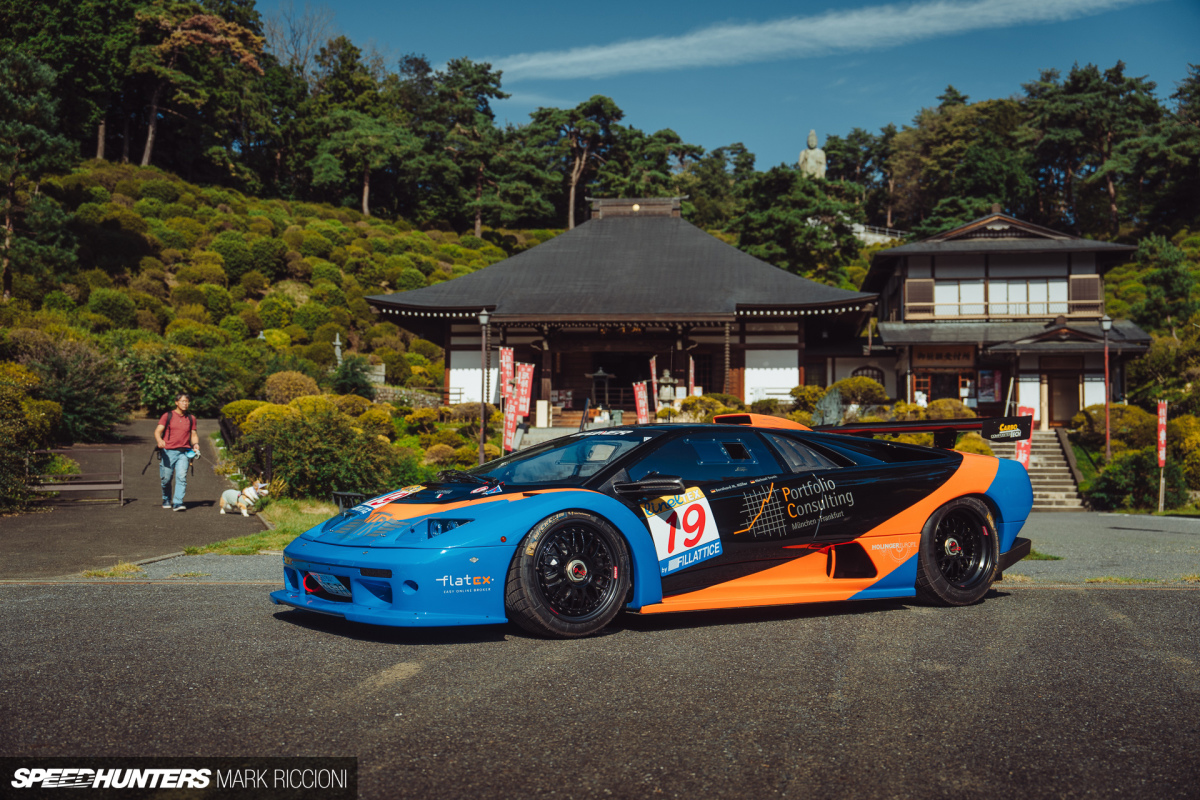
Watching Kinoshita-san thread the Diablo via Tokyo is nothing in need of jaw-dropping. Aside from the warmth – which Kinoshita-san has tried to fight with a token 12V fan within the footwell – it’s surprisingly well-mannered and unusually quiet. Till the exhaust valve flicks open…

The smallest quantity of throttle will simply mild up the 310-wide Michelins. Don’t be fooled by the grooves; these aren’t typical Pilot Sports activities or Cup 2s; they’re a full wet-weather competitors slick as an alternative. However with indicators, quantity plates and the power to crawl over pace bumps, it’s match for the street… nearly. And Kinoshita-san doesn’t conceal it away both; he’ll repeatedly be part of Lamborghini proprietor days at any alternative. Whereas its lack of observe use may look like a waste, earlier than he took on the mission, it was simply one other ex-race automobile in a thousand items unfit for any use.

“Along with the Diablo GT2, I changed my Gallardo with an Aventador, which is a very totally different expertise,” provides Kinoshito-san. “The mix of the Lamborghini look and a naturally aspirated V12 is one thing I feel many people dream of. They’re two fully totally different automobiles, however additionally they share loads of the identical DNA, which I feel could be present in all Lamborghinis, new and previous. However what I want to do greater than something in 2025 is to take the GT2 again on the racing observe to see the way it performs. It might not be as quick as trendy race automobiles, however I don’t suppose there are a lot of different automobiles on the market which can present the identical sort of feeling – and that feeling I’ll by no means get tired of.”

You’d suppose that after a road-legal 926C, a WRC Impreza and a GT2 Diablo, the streets of Tokyo couldn’t get extra outrageous. However Kinoshito-san is already eyeing up the subsequent REITER mission – a Murciélago R-GT. In the case of Japan, you by no means rule something out.
Mark Riccioni
Instagram: mark_scenemedia
Twitter: markriccioni
mark@speedhunters.com



